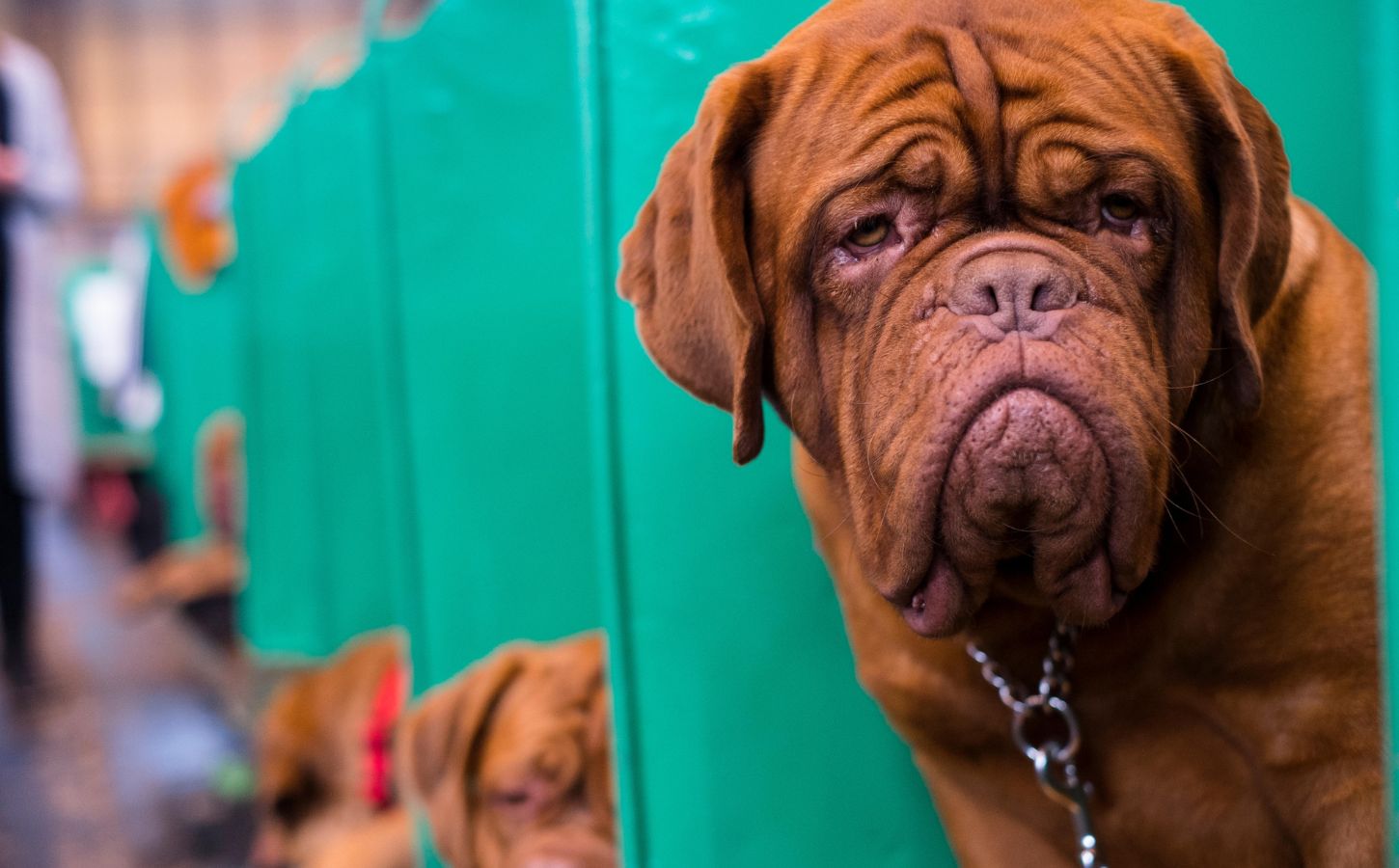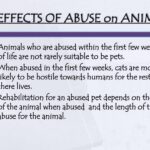The allure of dog shows like Crufts, heralded as the premier canine competition, captivates audiences worldwide. The spectacle showcases the quintessential bond between humans and dogs, yet beneath the glamorous veneer lies a disconcerting reality: the ethical implications surrounding breeding practices, the pressures of presentation, and the inherent welfare concerns that arise from such anthropocentric pursuits. A comprehensive exploration of Crufts necessitates a thorough examination of whether such events perpetuate animal cruelty.
To embark on this inquiry, one must first consider the breeding practices that underpin the existence of elite show dogs. The pedigree system privileges specific breeds, often at the expense of health and wellbeing. Flaws present in genetic codes are frequently disregarded for the sake of appearances. Take, for instance, brachycephalic breeds like Bulldogs and Pugs, characterized by their short snouts and compact facial structure. While they may garner admiration in rings, breeders frequently overlook the breathing difficulties and health complications that accompany such traits. The pursuit of an exaggerated appearance has subjected these dogs to a plethora of suffering—culminating in a life filled with chronic health issues.
Furthermore, the emphasis on aesthetics translates into a troubling culture of eugenics within the dog breeding community. The defining standards set forth by breed clubs often prioritize the ideal over the individual’s welfare. The desire for conformance engenders a breeding environment steeped in risk, perpetuating health disparities that affect vitality and longevity. Consequently, the emotional resonance of the canine-human bond, celebrated at shows like Crufts, risks being overshadowed by the echoes of suffering that arise from these practices.
As one delves deeper, it becomes apparent that the ramifications of dog shows extend beyond breeding. The experience of the dogs themselves during competitions remains a pivotal consideration. The rigorous training regimens imposed upon show dogs often blur the line between enrichment and exploitation. Owners and handlers devote countless hours to ensure their canine companions meet the strict criteria for competition. This stress can impact the dogs’ mental and physical health. Dogs, inherently social beings, thrive best in environments that respect their instincts and needs. When subjected to exhaustive training and unrealistic expectations, there arises the potential for anxiety and fear, undermining the dog’s overall welfare.
The atmosphere at Crufts can also induce a range of stress responses in participating dogs. The cacophony of sounds, the specter of unfamiliar surroundings, and the pressure of competition can unleash a torrent of anxiety, forcing many animals to endure situations which exceed their tolerance levels. While advocates often tout the show as a celebration of canine beauty and prowess, a more cynical interpretation reveals it to be a high-stakes arena where emotional health may be routinely compromised. Such realities compel one to reconsider the ethical boundaries of pet shows.
Opponents of shows like Crufts frequently argue that the event does not merely foster admiration for dogs, but glamorizes a culture of commodification. In the world of competitive breeding, dogs are often seen through a transactional lens, valued for their breeding potential and show viability rather than the intrinsic worth of their beings. This perspective not only diminishes their sentience but perpetuates a cycle where canine companions are treated more as products than as loving beings. The canine-human relationship risked being relegated to a display of aesthetics and refinement, thereby stripping it of its genuine emotional resonance.
Despite the burgeoning discontent, some advocates argue that dog shows can serve as a platform for raising awareness about breed-specific health issues. They contend that the attention garnered by such events might be channelled into advocacy for better breeding practices and responsible ownership. Yet, this altruistic spin does little to alleviate the foundational ethical concerns inherent within the show-dog culture. Focusing on reform while still enabling the very system that cultivates animal exploitation seems fundamentally contradictory.
Enlightening discussions concerning animal welfare have prompted key stakeholders to scrutinize the practices prevalent within the dog-show ecosystem. Regulatory bodies and animal welfare organizations have begun advocating for stricter guidelines surrounding breeding practices, while emphasizing the importance of canine health over aesthetic appearance. However, these discussions must expand beyond mere discourse to effect tangible change that genuinely prioritizes animal welfare.
There lies an opportunity for the dog-show community to evolve and embrace an ethos that centers on wellbeing rather than superficiality. The creation of alternative formats that celebrate dogs based on their character, abilities, and health could bolster public perception and prompt a paradigm shift in how we view and engage with our canine companions. Events that prioritize adoption, rescue, and responsible pet ownership may serve as examples of how to uphold the bond between species while eschewing exploitative practices intrinsic to competitive breeding.
In reflection, as we delve into the complexities embodied by events like Crufts, the question remains: Is it the celebration of canine companionship, or is it a stark reminder of the profound ethical dilemmas that our fascination with dog shows entails? The duality of admiration and accountability necessitates a nuanced dialogue that confronts uncomfortable truths. As stewards of animal welfare, it is our obligation to advocate for the intrinsic dignity of all creatures, recognizing that our appreciation for their beauty should never come at the expense of their wellbeing.








